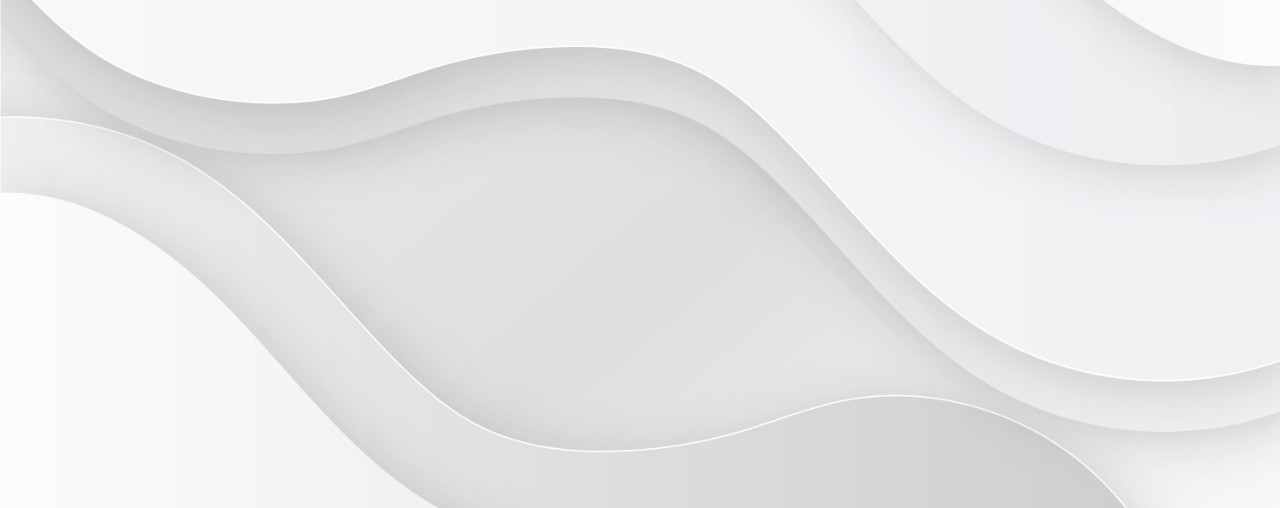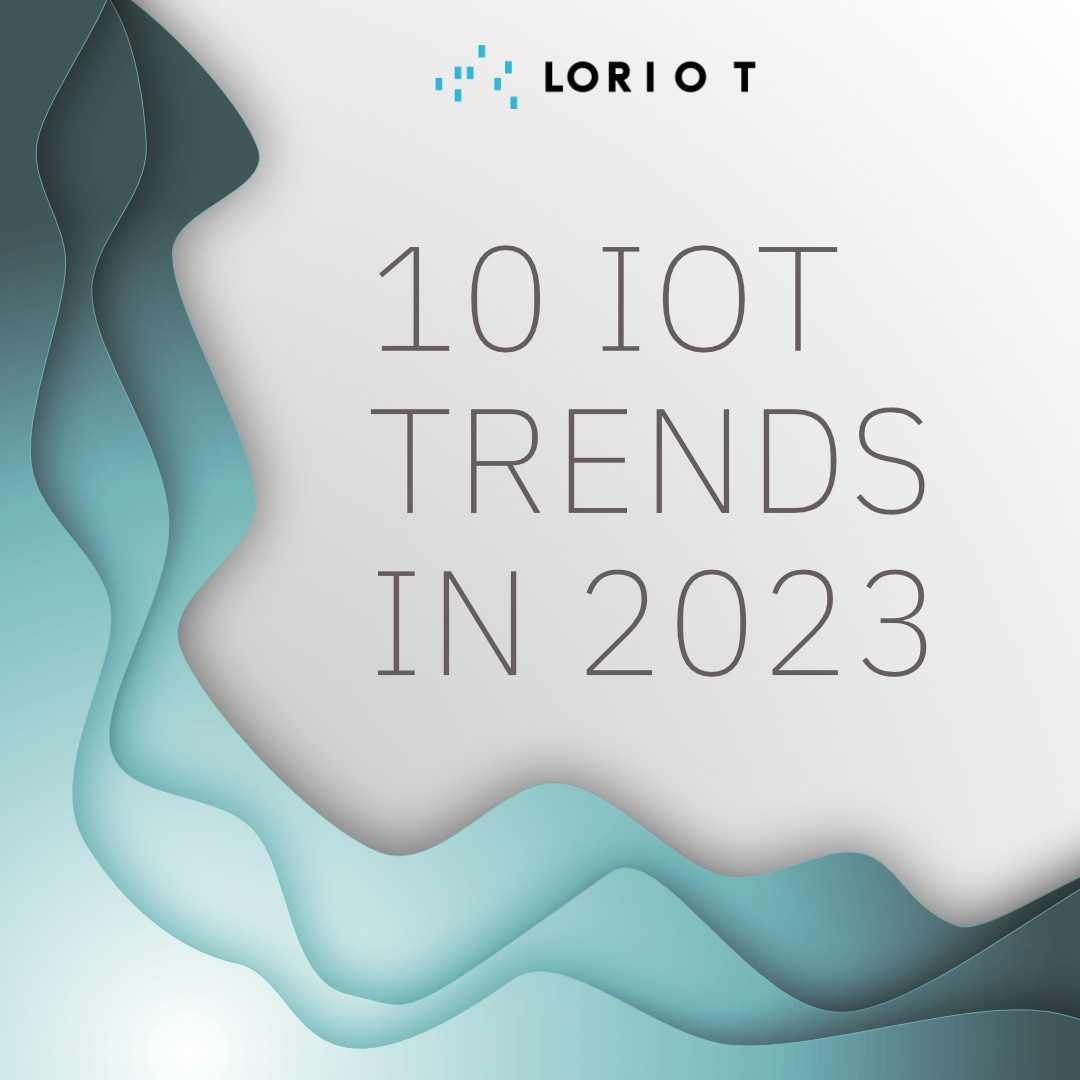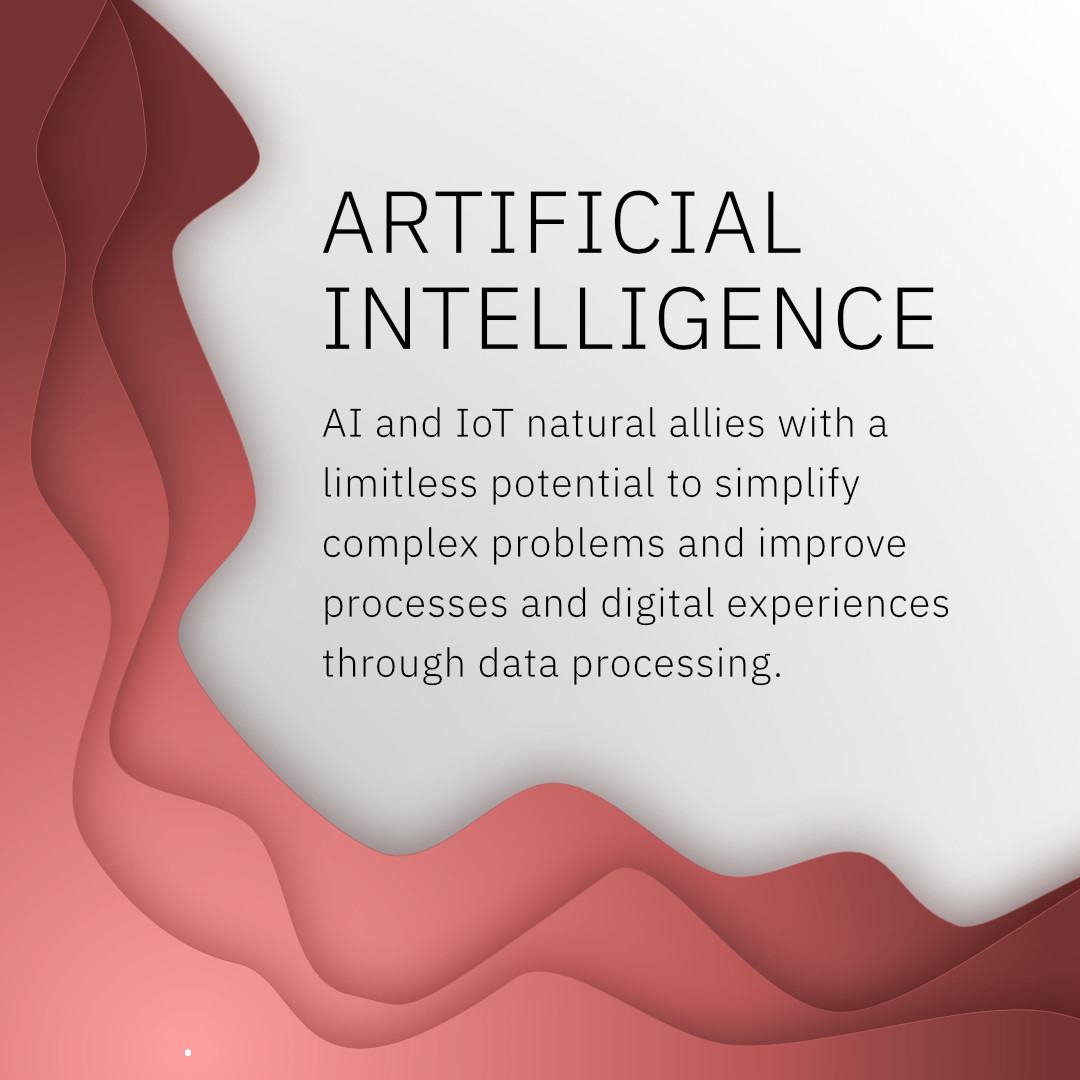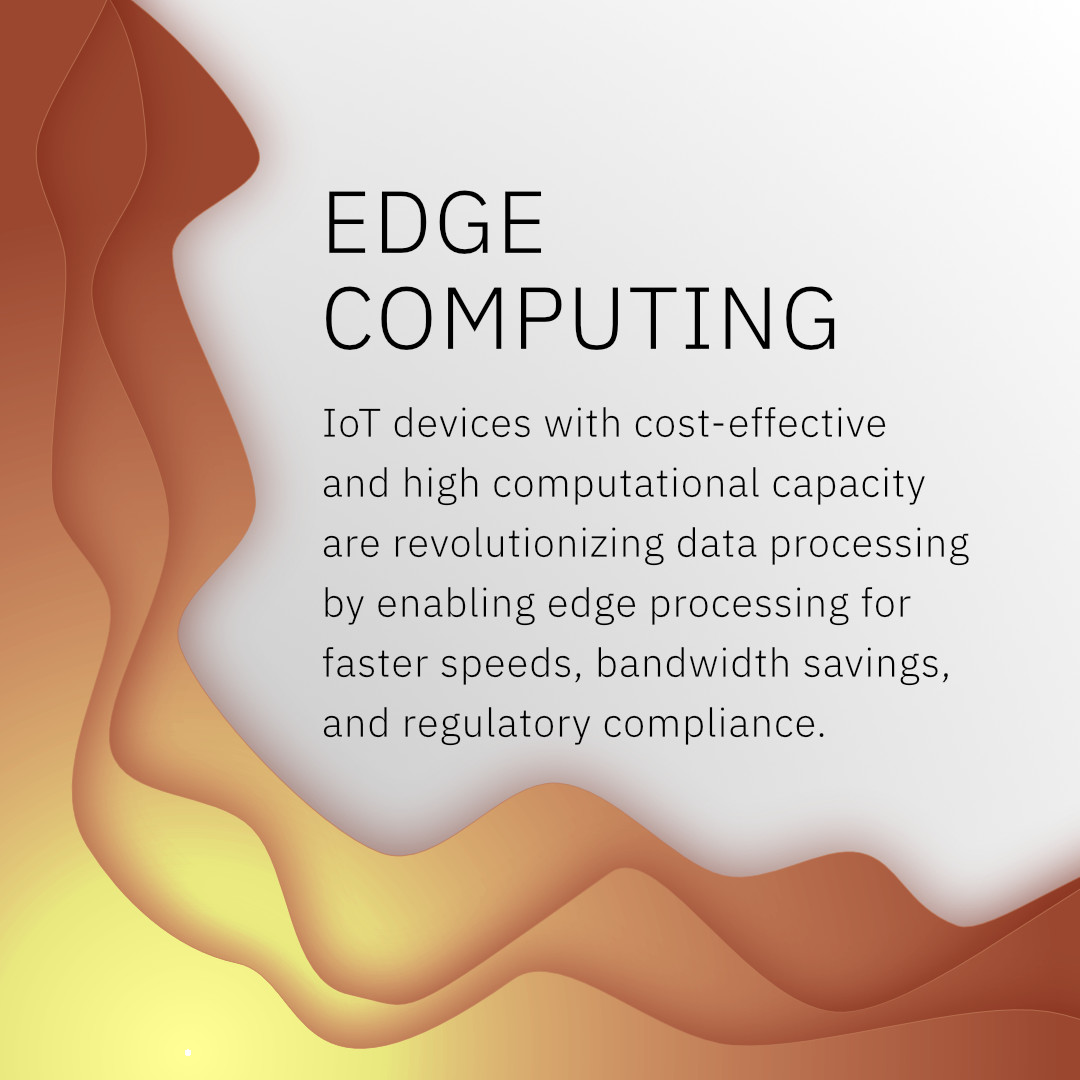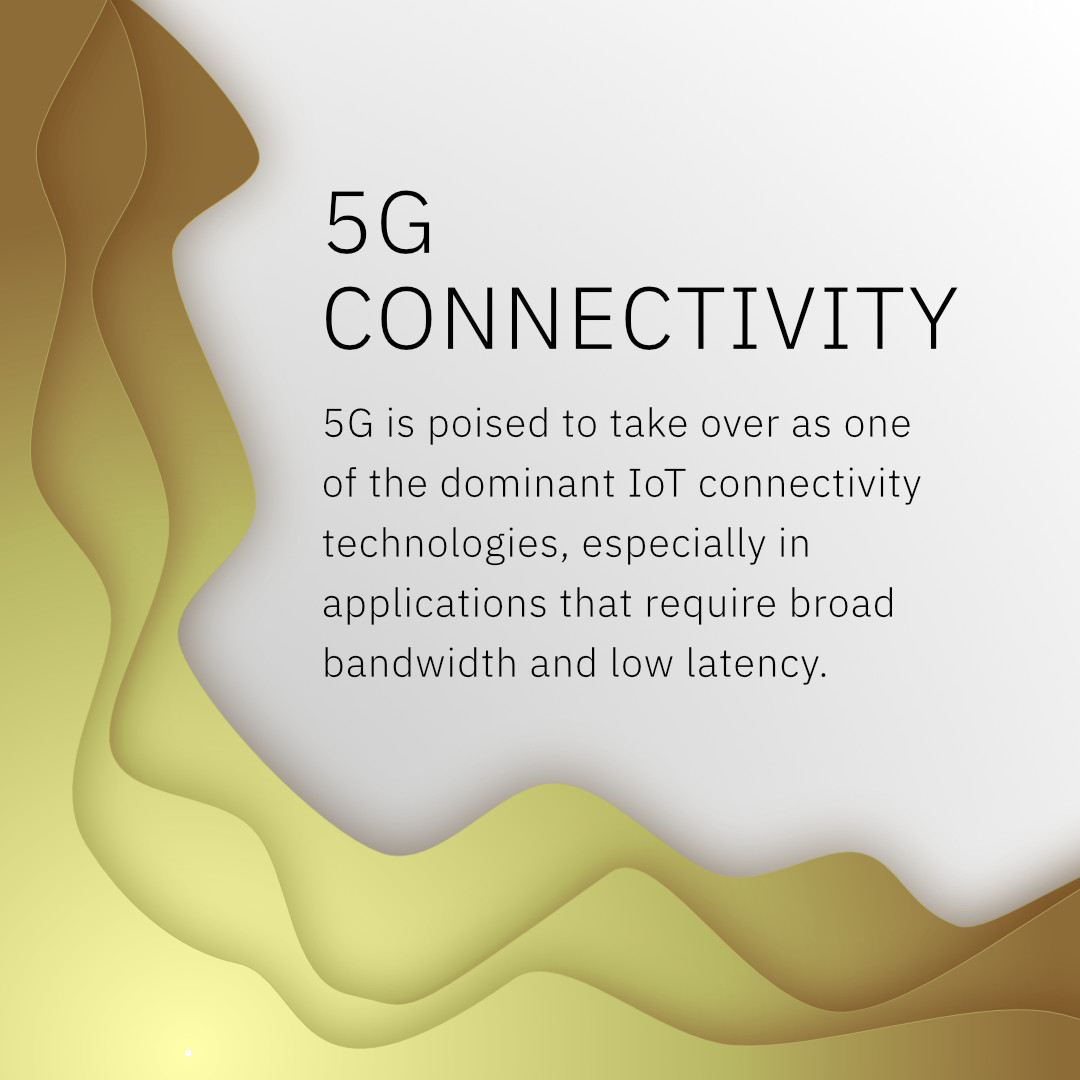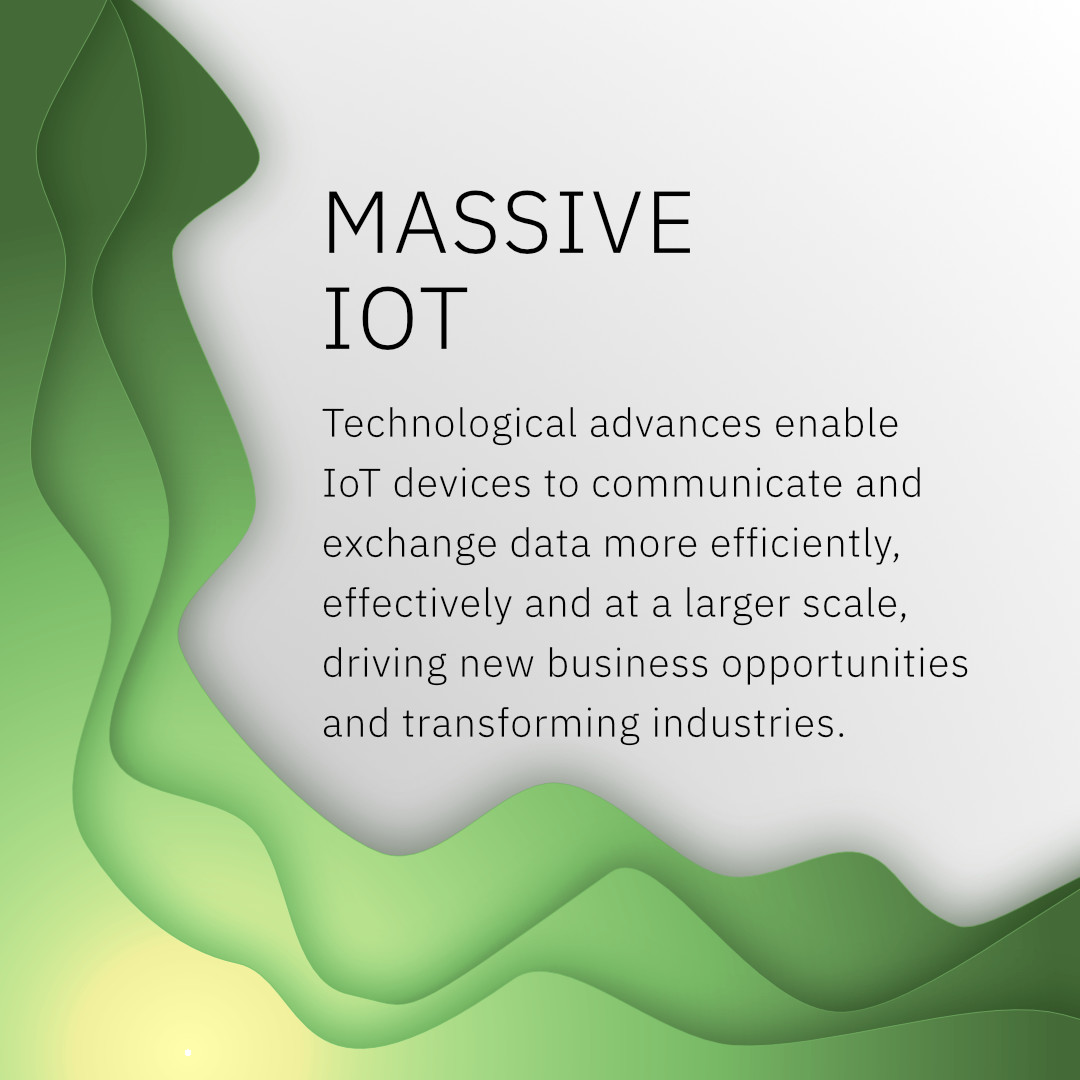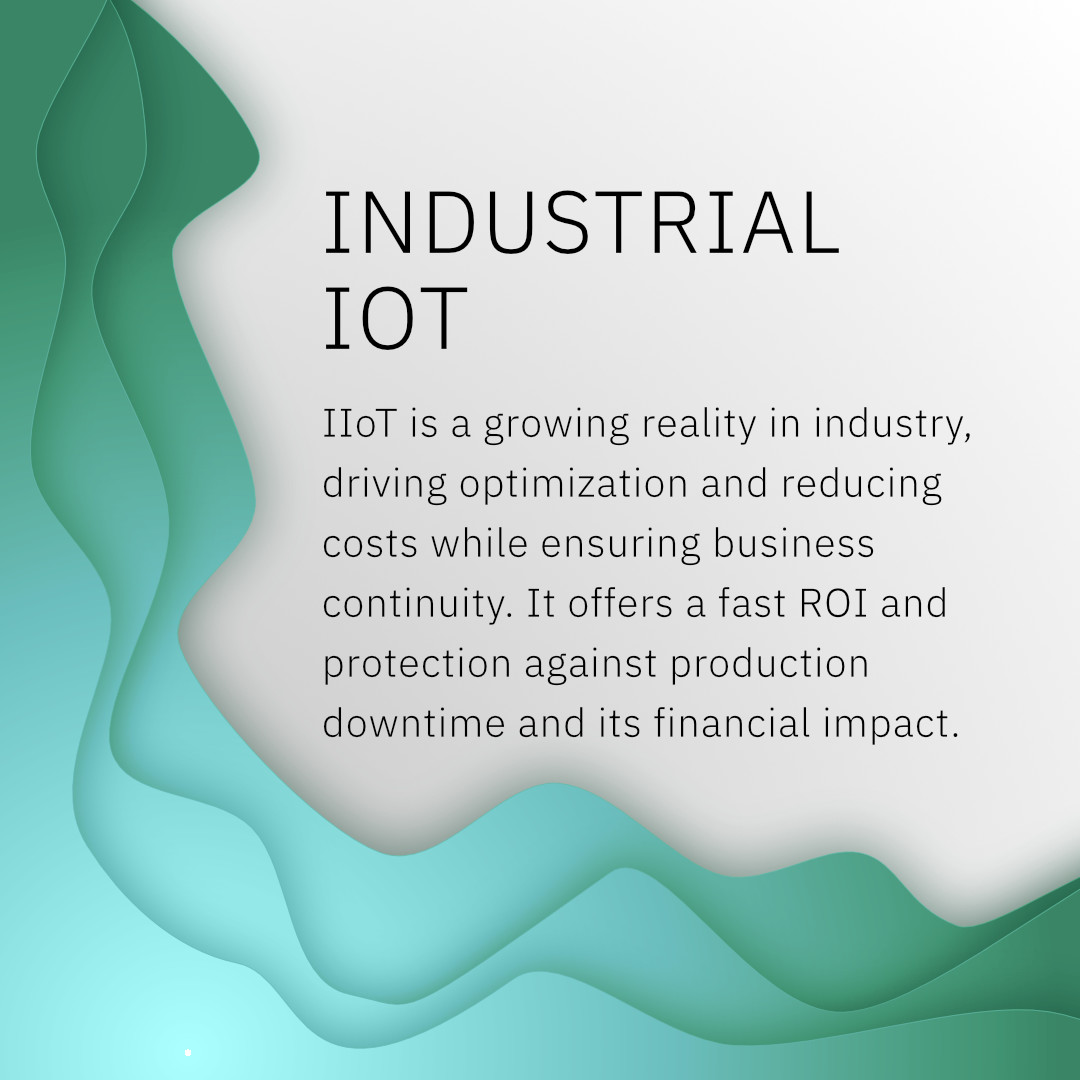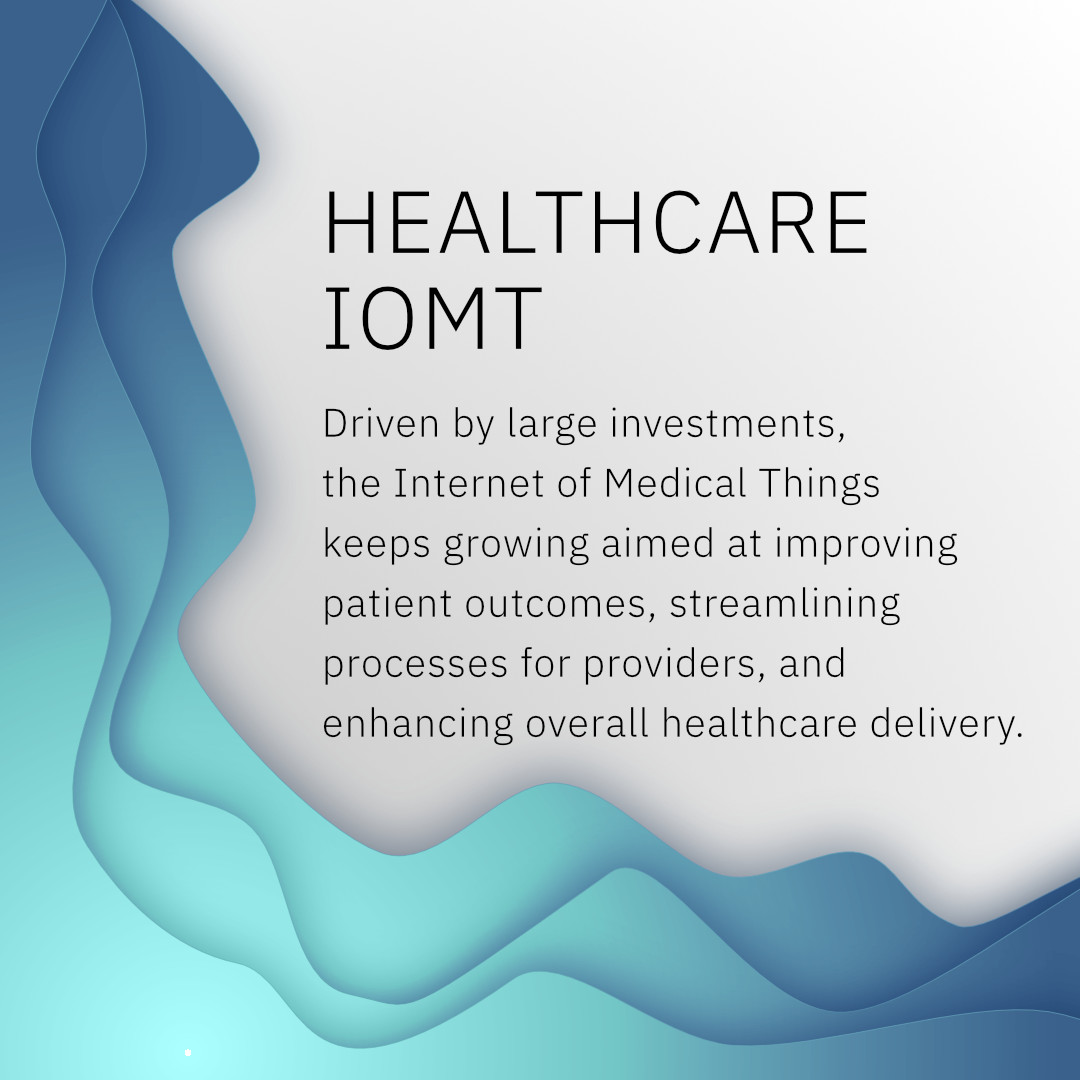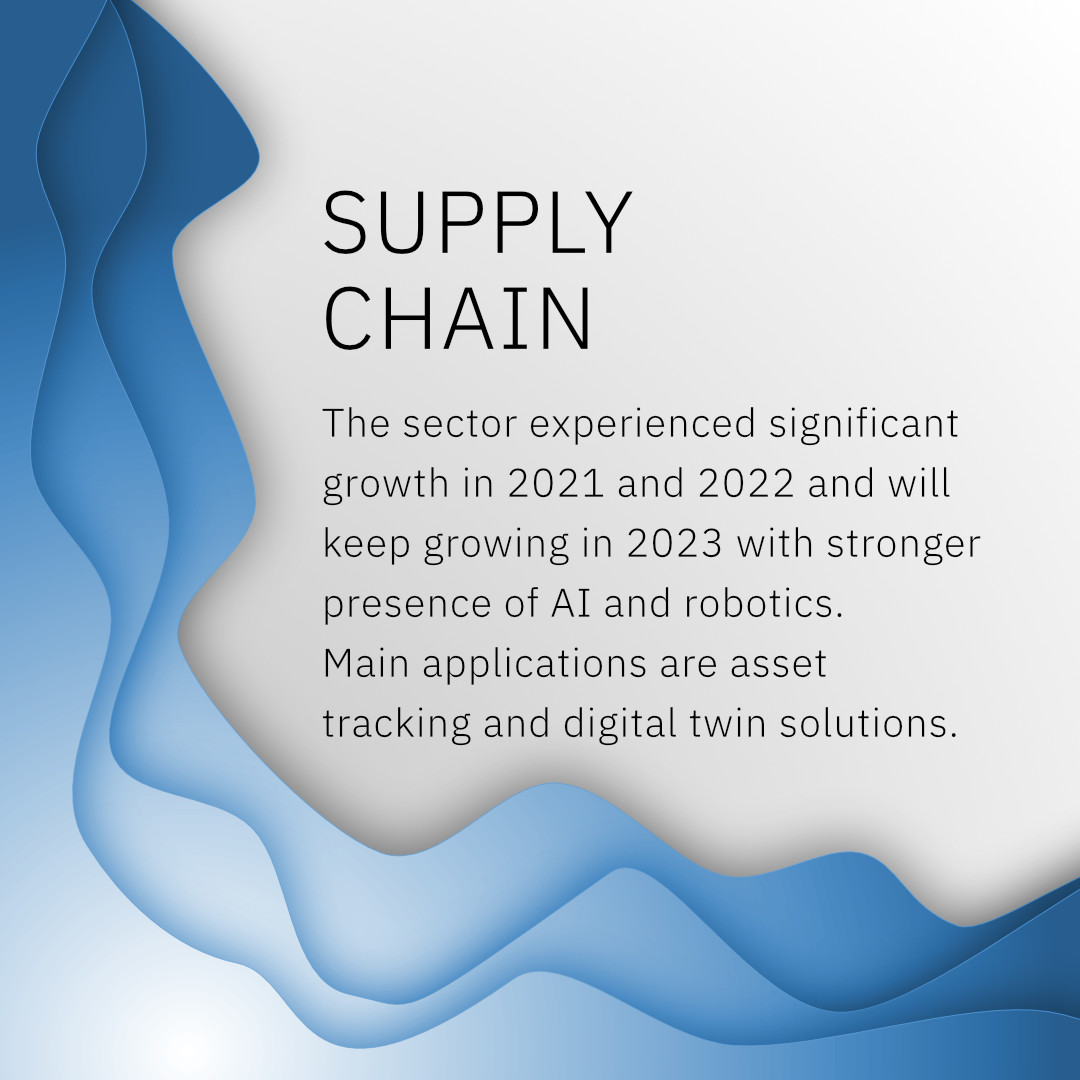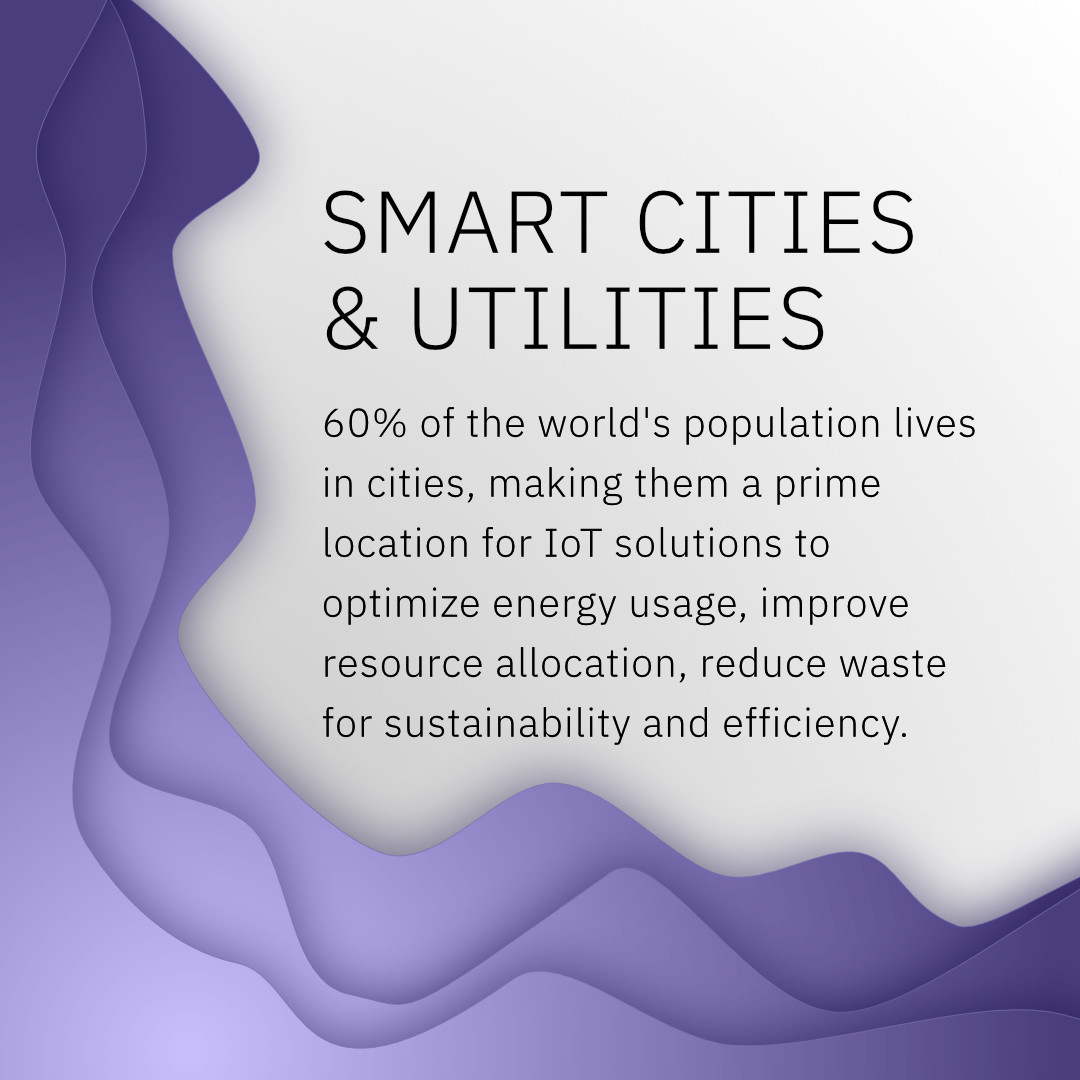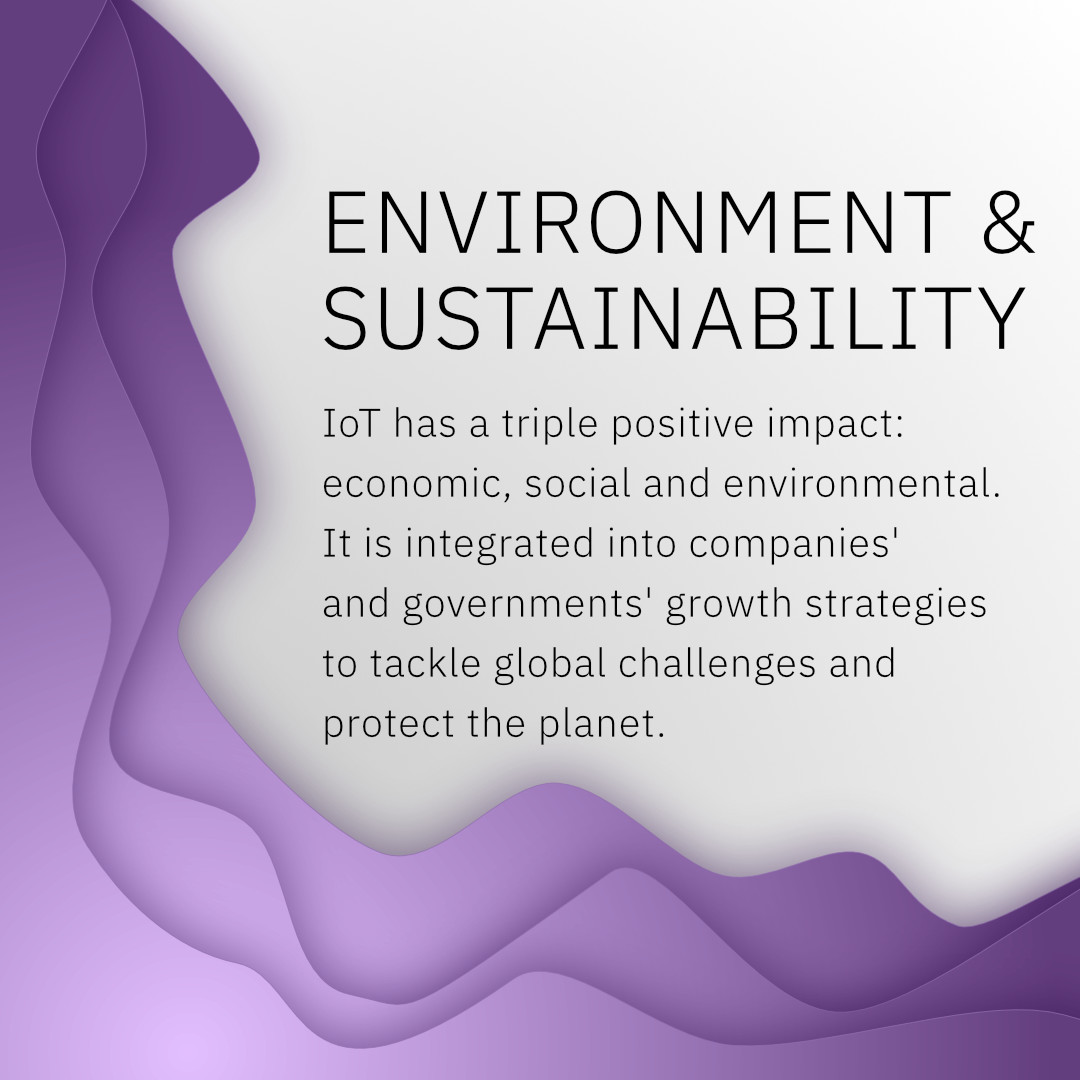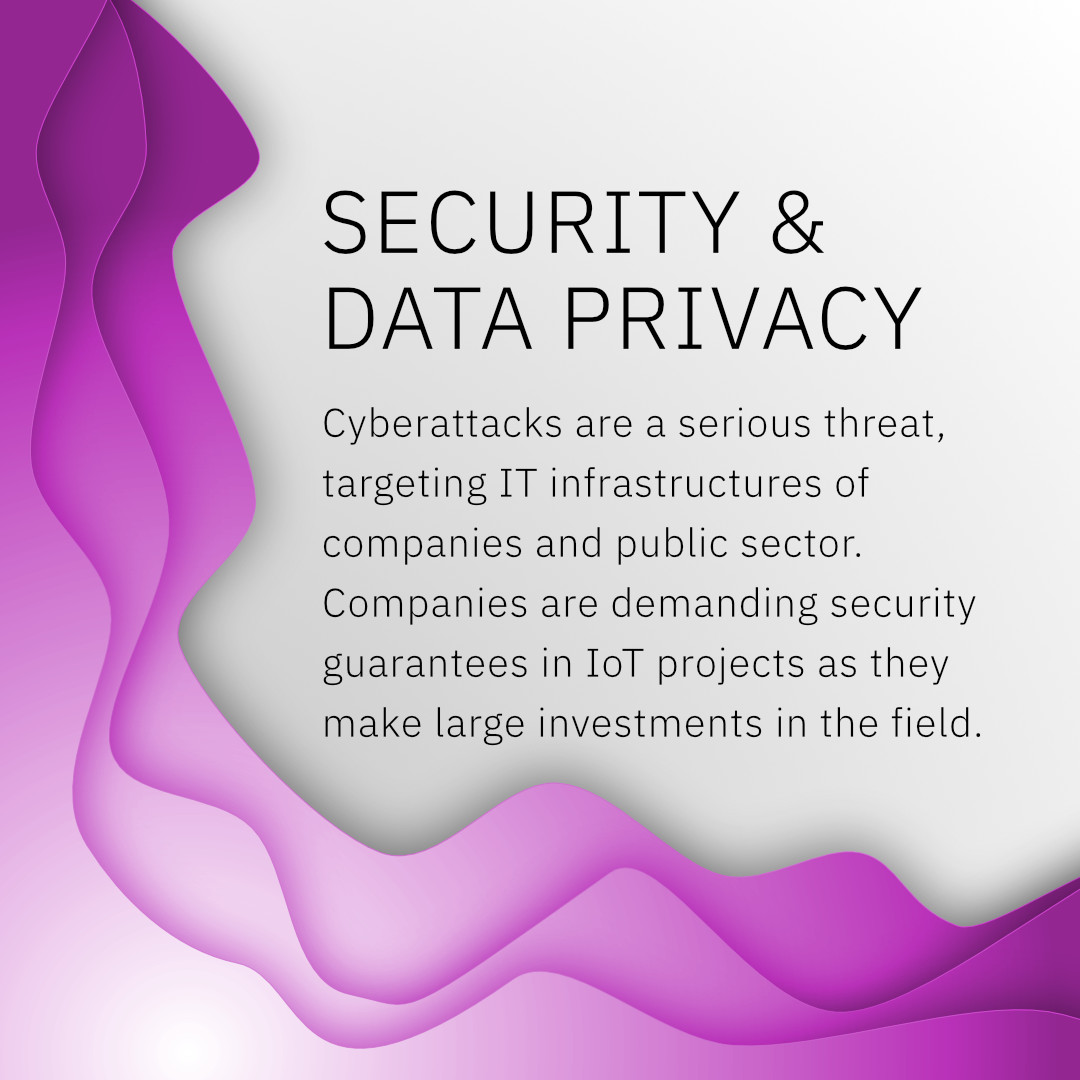Welcome to the 10 most relevant IoT trends in 2023!
As technology continues to evolve and shape our daily lives, the Internet of Things (IoT) plays a crucial role in driving innovation. In this post, I aim to provide insights into the latest IoT trends and how they are shaping the future. Whether you are a seasoned IoT professional or just starting to dive into this exciting field, this post will give you a comprehensive overview of the key trends to watch in 2023. If you're already familiar with the basics of IoT, feel free to skip the first chapters and dive right into the trends.
So, let's get started and discover what's in store for the IoT landscape this year.
What is the Internet of Things?
The Internet of Things (IoT) is a revolutionary technology that has changed the way we live and interact with our environment. IoT refers to the interconnectivity of physical devices and everyday objects, such as home appliances, vehicles, and even wearable devices, through the internet.
The concept of connecting everyday objects to the internet dates back to the 1980s, but it wasn't until the late 1990s that the term "Internet of Things" was first coined. The idea behind IoT was to create a network of connected devices that could communicate with each other and with people, providing valuable insights and increasing efficiency in our daily lives.
These connected devices are embedded with electronics, software, sensors, and other technologies that allow them to collect and exchange data. The result is a network of devices that can communicate with one another or to a server where data is used to provide insight and help desision making processes.
For example, imagine a smart agriculture system that can monitor and control various aspects of crop growth and management. With IoT sensors placed in the fields, farmers can gather data on soil moisture levels, temperature, and other factors that impact crop growth. This information can then be analysed to optimize irrigation and fertilization, leading to increased crop yields and improved farming efficiency.
What sectors does the IoT apply to?
Agriculture is just one of the sectors that IoT is disrupting.
In fact, IoT has many other applications in different industries such as healthcare, transportation, manufacturing, retail, energy, and smart homes, and more. Overall, IoT has the potential to greatly improve our daily lives and transform the way we live and work.
Main benefits provided are:
- Improved decision-making: IoT provides real-time data and insights that can inform and improve decision-making in various industries.
- Increased efficiency: IoT devices and sensors can automate various processes, leading to increased efficiency and productivity.
- Enhanced customer experiences: IoT technology is used to enhance customer experiences in industries such as retail and healthcare through personalized services and improved accessibility.
- Cost savings: IoT can lead to cost savings in various industries by reducing waste and optimizing resources.
- Improved safety: IoT technology can be used to improve safety in industries such as transportation and energy through the use of connected devices and sensors.
These are just a few examples of the benefits of IoT, and its impact will only increase as it becomes more integrated into our lives.
The possibilities are limitless and to me, it's clear that IoT will play a significant role in shaping our future.
IoT Evolution
The rapid advancement of IoT technologies such as sensors, connectivity devices, transmission protocols, and hardware has made IoT more accessible and widespread. Miniaturized and low-cost sensors, standardized communication protocols, long-range low-power technologies, satellite connectivity, a variety of different network topologies that better fit different use cases, as well as the deployment of both private and public IoT networks have made IoT more accessible, scalable and reliable.
The integration of Artificial Intellicence (AI) and Machine Learning (ML) into IoT devices and platforms has added more intelligence to these systems.
These advancements have made it easier and more affordable for a wider range of devices to be connected to the internet, contributing to the growth of the IoT market.
In 2020 the number of connected IoT devices exceeded the number of non-IoT connected devices to the internet, for the first time ever. A symbolic event that, in my opinion, marks the beginning of the Golden Age of IoT.
IoT in 2022: Overview
The global COVID-19 health crisis in 2020 and the socio-political crisis produced by the conflict between Russia and Ukraine have had profound and long-lasting negative effects on the global economy. Certain sectors have been particularly affected and, as one might imagine, the IoT was no exception.
In the case of IoT, however, the above named crises have had a double effect and impacting it negatively and positively. On the one hand, the uncertainty generated by the crises, the chip shortage (not resolved yet) and, more recently, the rising cost of energy (and the consequent reduction of resources for innovation and digital transformation) has held back its growth, which, since 2022, has been lower than expected.
On the other hand, the global situation has made it extremely clear to everyone that the Internet of Things is capable of mitigating the negative effects and responding to the new needs that have emerged from the crisis. This resulted in a high demand for IoT solutions.
In this non-positive international context, the sector ended 2022 with a plus sign. As reported by IoT Analytics, the number of connected IoT devices grew to approximately 14.4 billion, with roughly $202 billion in IoT enterprise spending. Forecasts show further optimism. According to Fortune Business Insights, the global IoT market is expected to grow from $478.36 billion in 2022 to $2,465.26 billion by 2029, at a compound annual growth rate (CAGR) of 26.4% in the forecast period.
After a slowdown in recent years, the #IoT has returned to growth at a fast pace and is expected to grow from $478.36 billion in 2022 to $2,465.26 billion by 2029, at a CAGR of 26.4%, according to @FBInsightPvtLtd
click to tweet.
It’s interesting to notice that IoT penetration is also very high. Already in 2020, one-third of companies are exploring this area and investigating potential benefits. Many of those projects are now moving from a PoC phase to a production phase and, in the course of 2023, to one of wide deployment. Some verticals are becoming relevant and more large companies understand the need to invest in IoT (this is what I define IoT mindset).
Mckinsey estimates the overall impact is estimated to reach $12.5 trillion globally by 2030.
Looking at the LPWAN (Low-Power Wide Area Network) market that concerns us more closely, we can provide very positive data. The market size in 2022 surpassed $5 billion according to Global Market Insights that estimates that it will reach $350 billion by 2030 with an impressive CAGR of 50%. As high as this number is, it is not surprising, as the LPWAN market has been growing at a much higher rate than the entire IoT market in recent years. From our privileged vantage point, we have also been able to first-hand experience the growth of the market and, fortunately, of our own business. As we reported in more detail in our 2022 review, last year we celebrated an extraordinary year with the closing of a series A investment round and the launch of version 8 of our Network Management System featuring a hybrid multi-collector approach (LoRaWAN® + mioty®) for the first time.
The TOP 10 IoT trends
Now that we have established a clear picture on the state of IoT, let's get down to the point.
The 10 trends gathered in this list were identified by experts, practitioners and industry leaders with whom we had the opportunity to exchange views and visions of the future of the IoT and by looking at the major venture capital operations that have affected the IoT sector over the past year as well as the movements of the industry giants that always act as a market litmus test.
Let’s get started!
